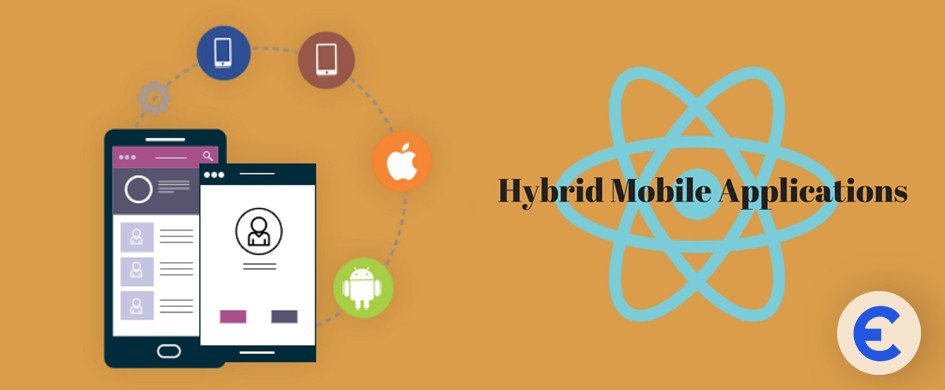Introduction to Virtual Reality
The definition of virtual reality comes from the definitions of "virtual’ and 'reality'. The definition of ‘virtual’ is near, and reality is what we experience as human beings. So the term ‘virtual reality’ basically means ‘near-reality’. This could, of course, mean anything, but it usually refers to a specific type of reality emulation. You would be presented with a version of reality that isn’t there, but from your perspective, it would be perceived as real. Something we would refer to as "virtual reality. So, virtual reality entails presenting our senses with a computer-generated virtual environment through mobile phones or computerts that we can explore in some fashion.
In technical terms, virtual reality is used to describe a three-dimensional, computer-generated environment that can be explored and interacted with by a person. That person becomes part of this virtual world or is immersed within this environment, and while there, can manipulate objects or perform a series of actions.
Virtual reality can lead to new and exciting discoveries in these areas that impact our day-to-day lives. Wherever it is too dangerous, expensive, or impractical to do something in reality, virtual reality is the answer. From trainee fighter pilots to medical trainee surgeons, virtual reality allows us to take virtual risks to gain real-world experience.
How an enterprise can benefit from Virtual Reality
- Be with your clients and stakeholders at any time without actually being there.
- You can use virtual reality to interview candidates who are miles away from you.
- It can be an essential tool from a training perspective to gain real-life experience.
- You need not travel for your business meetings, as VR can make it possible, which ultimately saves you travel costs.
- A virtual office can give retail customers a better experience, etc.
At last,
Virtual reality is the creation of a virtual environment presented to our senses in such a way that we experience it as if we were there. It uses a host of technologies to achieve this goal and is technically complex because it has to account for our perception and cognition. It has both entertainment and serious uses. The technology is becoming cheaper and more widespread. We can expect to see many more innovative uses for technology in the future and perhaps a fundamental change in the way in which we communicate and work thanks to the possibilities of virtual reality.



